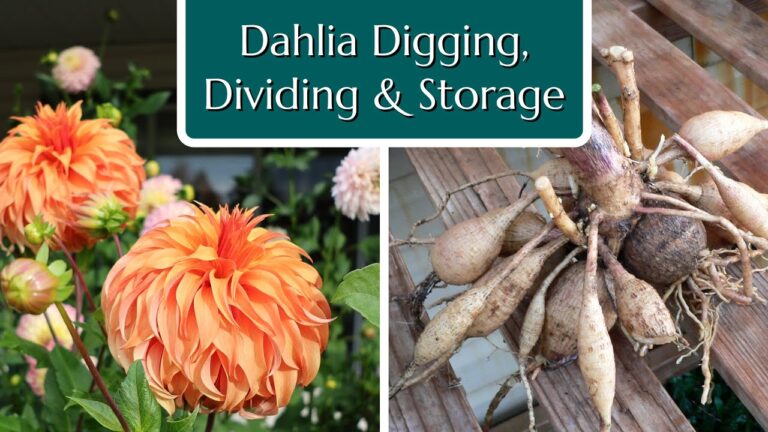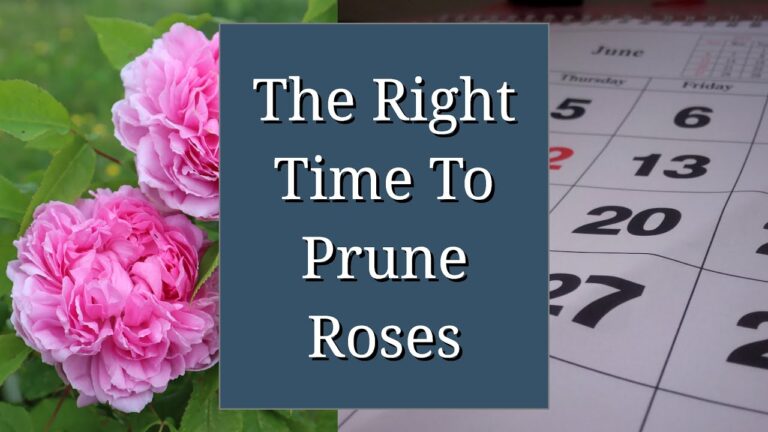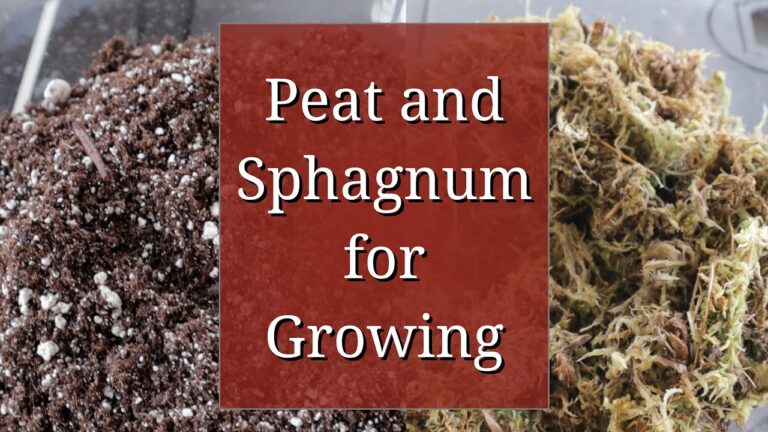Magnesium sulfate, commonly known as Epsom salts, has long been touted as a miracle additive for gardens, especially for roses. But does it live up to the hype? Jason from Fraser Valley Rose Farm takes a critical look at the claims surrounding Epsom salts, cutting through the misinformation to provide gardeners with evidence-based guidance. While this discussion centers on roses, the insights are broadly applicable to many plants.
What Are Epsom Salts, and Why the Hype?
Epsom salts are a readily available, water-soluble compound of magnesium and sulfur—both essential plant nutrients, though required in small amounts. Enthusiasts and gardening advice often attribute remarkable benefits to Epsom salts, such as promoting robust roots, encouraging basal breaks (new shoots from the base of roses), and curing magnesium deficiencies. These claims have led to widespread recommendations for applying Epsom salts in various ways: at planting, as a top dressing, or as a foliar spray.
Jason challenges these ideas, emphasizing the importance of science over tradition when determining what’s best for your garden.
Planting with Epsom Salts: A Common Misstep
One of the most frequent recommendations is to add Epsom salts directly into the planting hole for roses. According to Jason, this is a flawed practice.
Roots function best in soil where the nutrient solution is balanced and not overly salty. Introducing a water-soluble fertilizer like Epsom salts directly into the planting hole increases soil salinity, potentially hindering nutrient uptake rather than helping it. The belief that magnesium has a unique role in promoting root growth lacks scientific support.
Jason draws a clear analogy: If it seems unreasonable to add a generic fertilizer like Miracle-Gro directly into the planting hole, the same logic applies to Epsom salts.
Top Dressing with Epsom Salts: Misplaced Priorities
Another widespread recommendation is to scatter Epsom salts around the base of established roses to encourage basal breaks—those vigorous new shoots that grow from the base of the plant. However, Jason points out that this claim is unsupported by credible research.
In reality, plant health relies on a balanced supply of nutrients, and roses prioritize nitrogen, phosphorus, and potassium (NPK) far more than magnesium and sulfur. Overloading the soil with secondary nutrients, like magnesium, risks disrupting the plant’s ability to absorb other critical elements.
Jason warns against arbitrarily allocating your “fertilizer budget” to minor nutrients without evidence of a specific deficiency. Think of your soil as having a limited capacity for added nutrients. Overloading it with magnesium, for example, may crowd out other more critical elements. To optimize plant health, focus on balanced fertilizers, such as organic blends or products like Osmocote, which supply nutrients in the proportions plants need most.
Addressing Magnesium Deficiency: When (and How) Epsom Salts Make Sense
While Jason critiques many of the popular uses of Epsom salts, he acknowledges their potential role in addressing magnesium deficiency. This condition appears as interveinal chlorosis, or yellowing between the veins of older leaves, and can occasionally affect roses. In these cases, Epsom salts may be applied sparingly as a top dressing or foliar spray to correct the deficiency.
However, Jason advises gardeners to start with a soil test. A test can confirm whether magnesium levels are low or whether other issues, like pH imbalance, are contributing to poor nutrient uptake. As an alternative to Epsom salts, dolomite lime offers a longer-lasting solution. Not only does it provide magnesium, but it also raises soil pH—a dual benefit for many garden soils that tend to acidify over time. Its slower release also prevents the risk of overcorrection.
Foliar Spraying: Limited and Specific Use
Foliar application of Epsom salts is another common suggestion, often promoted as a remedy for pest control (a myth) or magnesium deficiency. While Jason dismisses the former outright, he concedes that foliar feeding can serve as a diagnostic tool. If magnesium deficiency symptoms improve following an Epsom salt spray, this confirms the deficiency and resolves the issue in the short term. However, systemic solutions, such as amending the soil with dolomite lime, remain the better long-term approach.
The Danger of Overuse: More Harm Than Good
Jason strongly cautions against the overuse of Epsom salts—or any fertilizer—as it can lead to leaf burn, root damage, and broader soil imbalances. A heavy-handed approach to nutrient application often causes more problems than it solves, harming both plants and the surrounding ecosystem. Excess salts in the soil can also negatively affect soil life, such as beneficial microbes and earthworms.
To avoid these issues, Jason emphasizes the importance of applying only what’s necessary. The goal is not to overwhelm plants with nutrients but to support healthy growth with the minimal amounts required. For gardeners, this means observing plants carefully, addressing deficiencies with precision, and always erring on the side of caution.
Broad Lessons for the Garden
While roses are the focus of this discussion, the principles apply to most garden plants. Nutrient management is a balancing act, and adding nutrients without understanding the underlying soil conditions can backfire. Whether dealing with annuals, perennials, or shrubs, the same thoughtful, evidence-based approach will yield better long-term results.
Final Thoughts: A Balanced Approach to Fertilization
Jason’s advice challenges many of the entrenched gardening myths surrounding Epsom salts, especially for roses. While magnesium sulfate has its place in addressing specific deficiencies, the widespread belief in its universal benefits is largely unsupported. Gardeners are better off focusing on balanced fertilizers and targeted interventions rather than sprinkling Epsom salts around like “fairy dust.”
For those navigating the wealth of gardening information online, Jason’s practical, evidence-based perspective provides a valuable compass. As always, he encourages gardeners to ask questions and seek out credible sources when planning their care strategies. Whether you’re growing roses or other plants, thoughtful and measured fertilization will always yield the best results.






